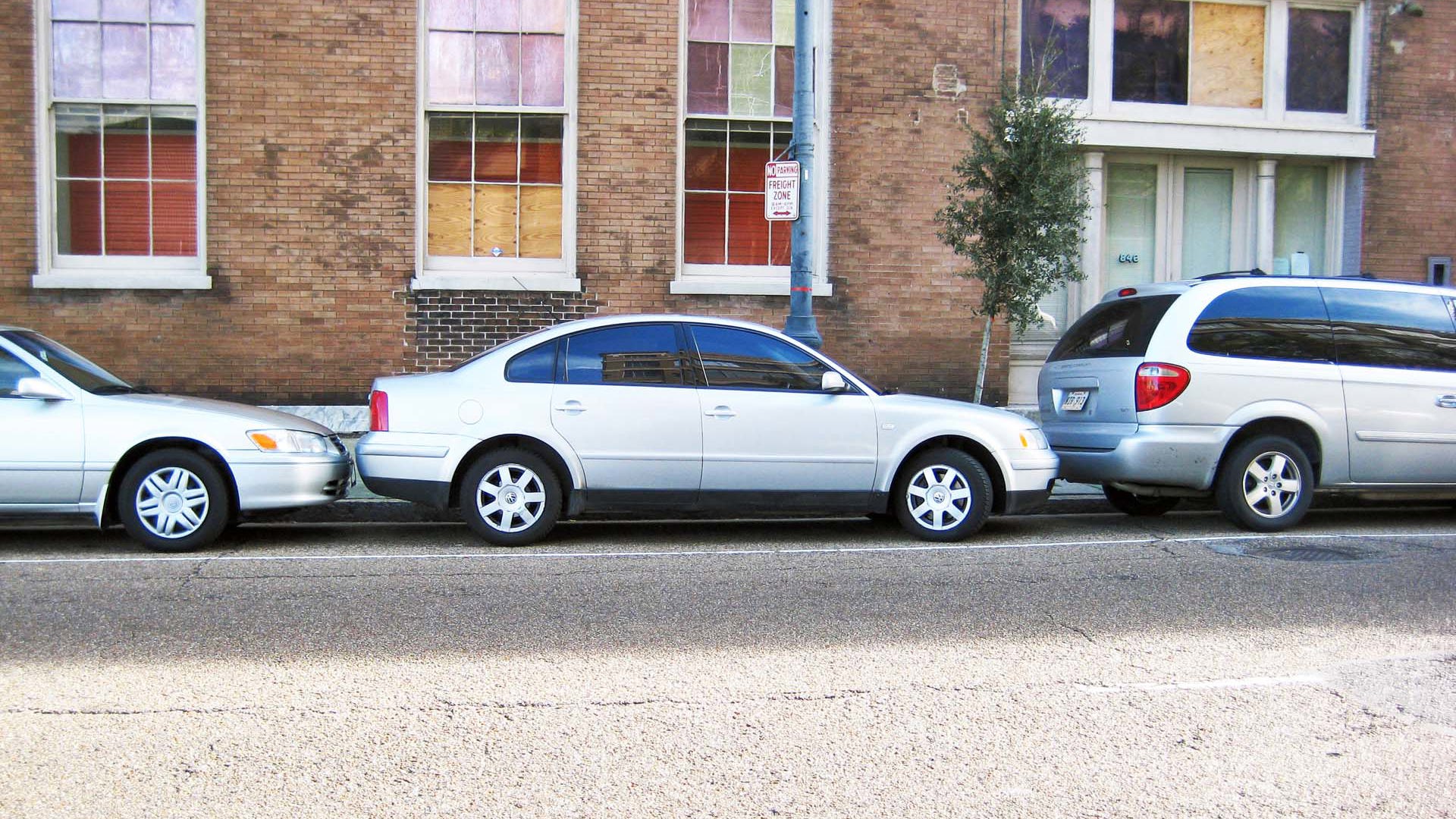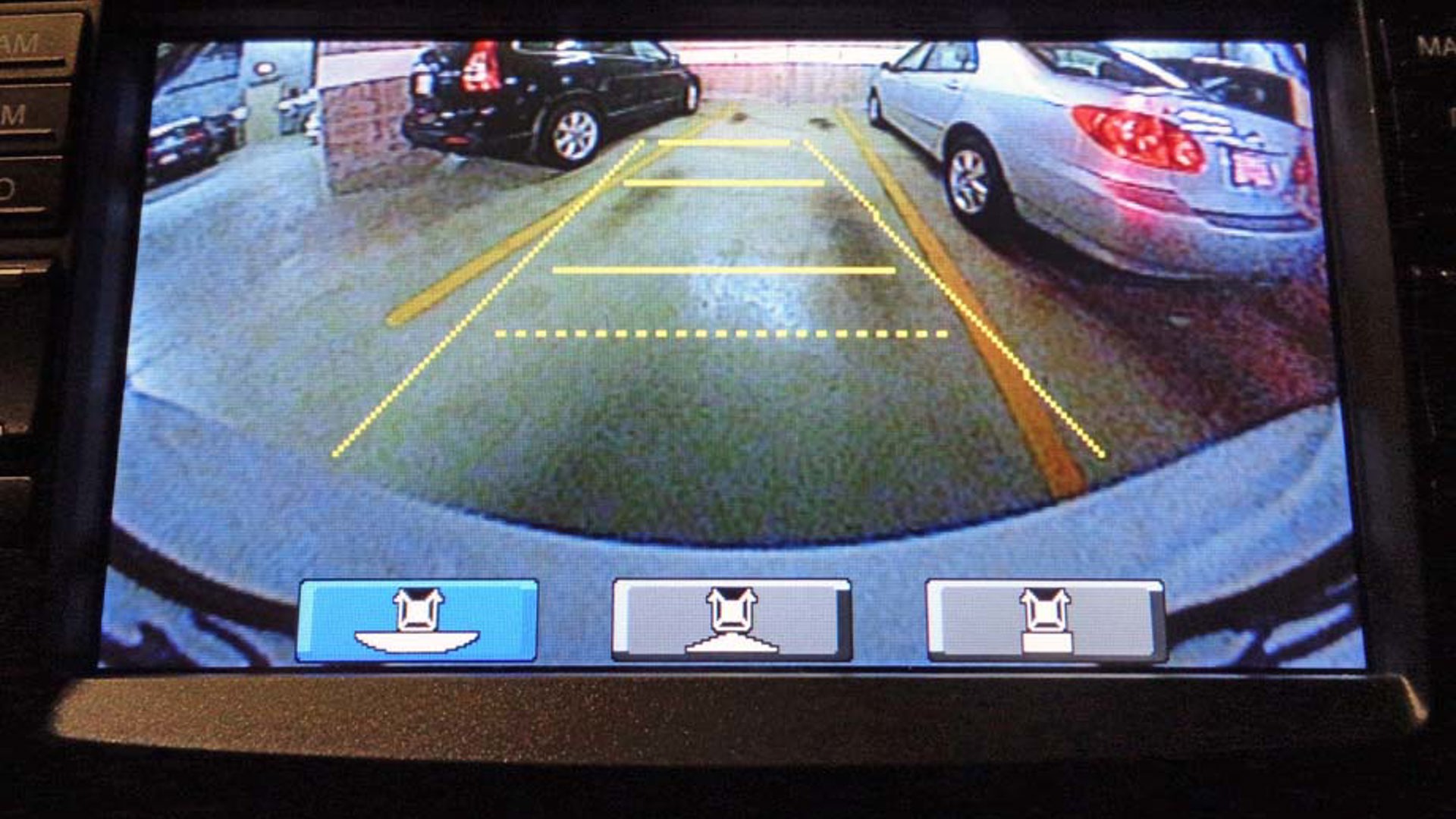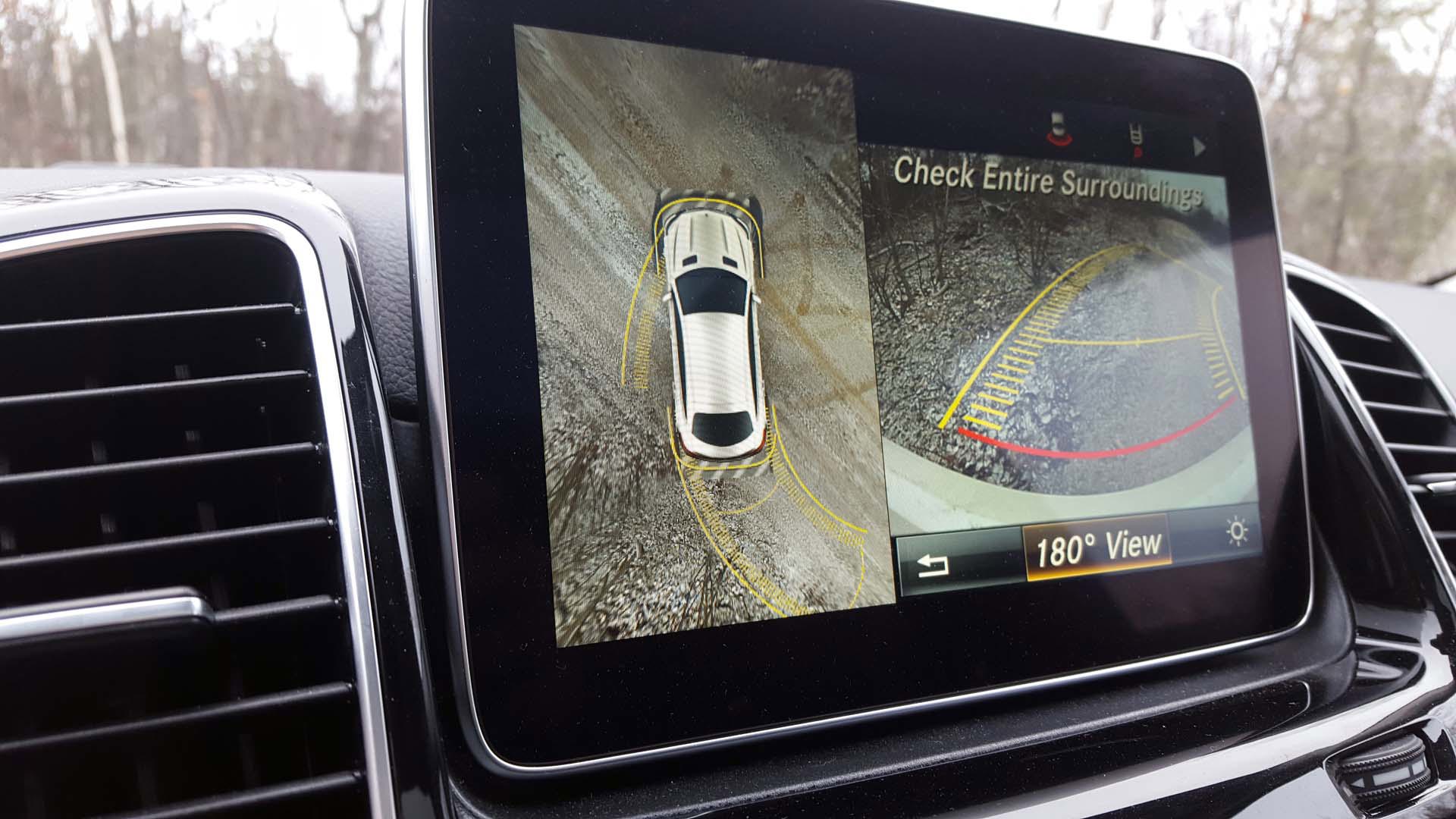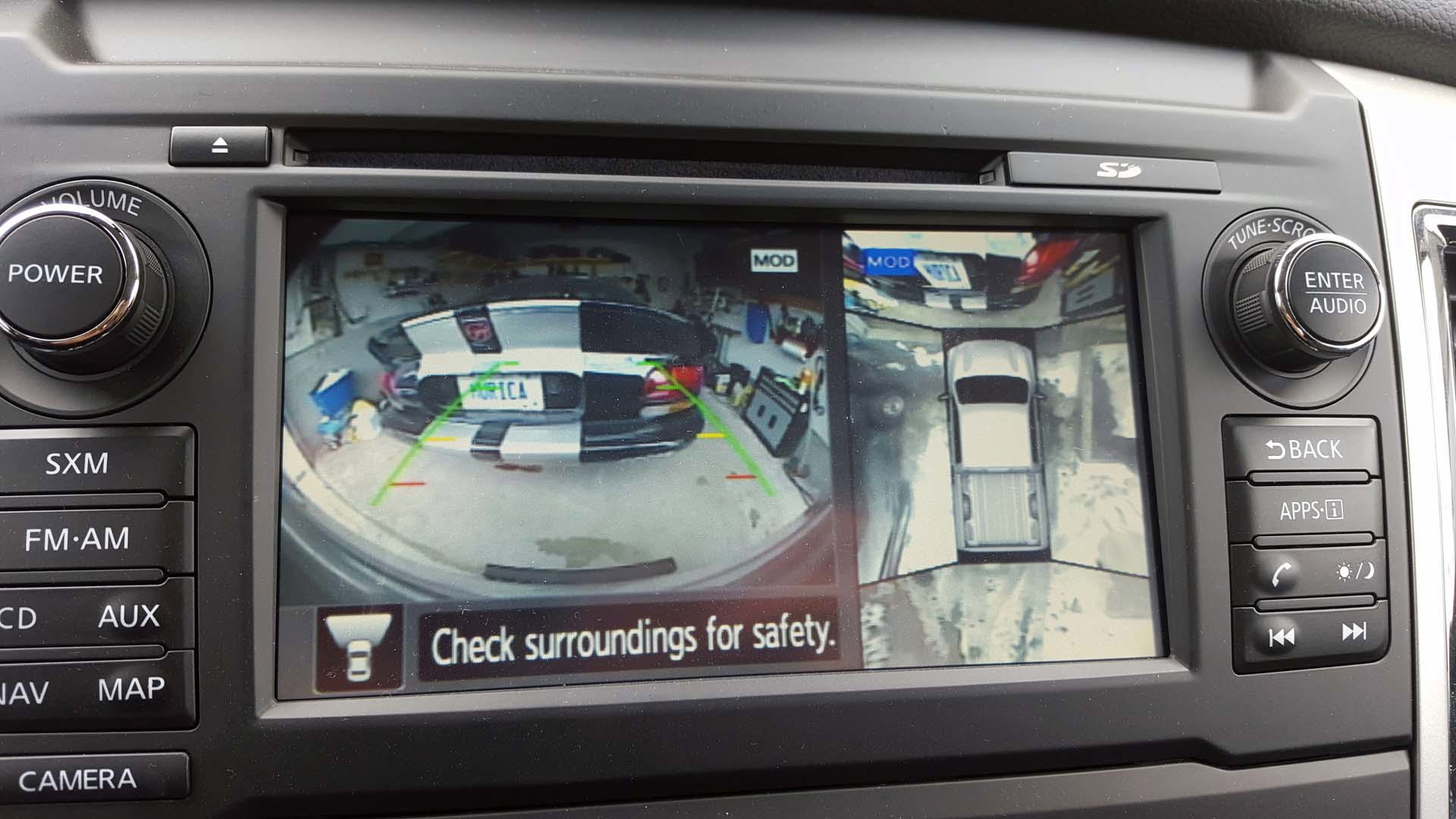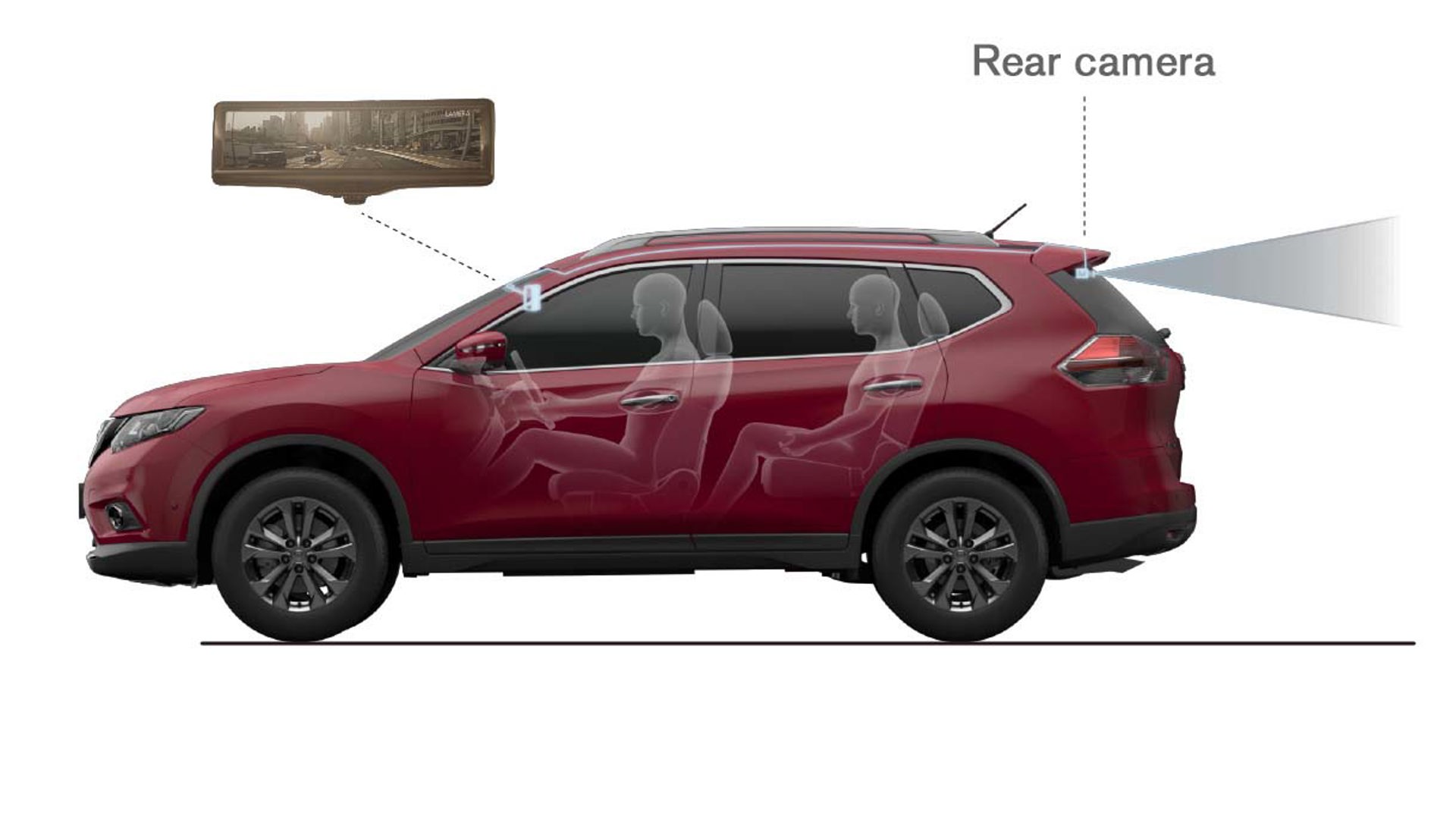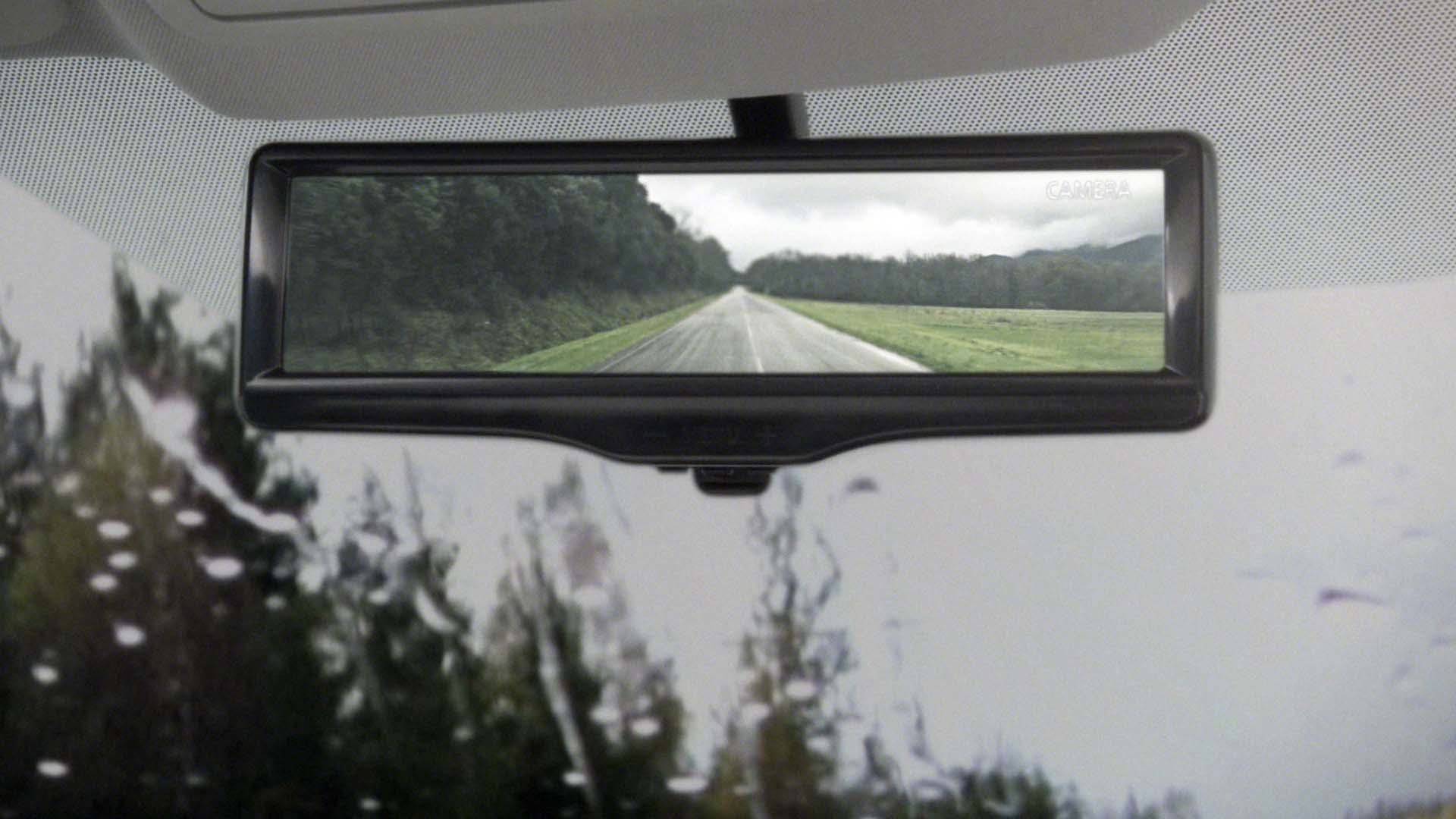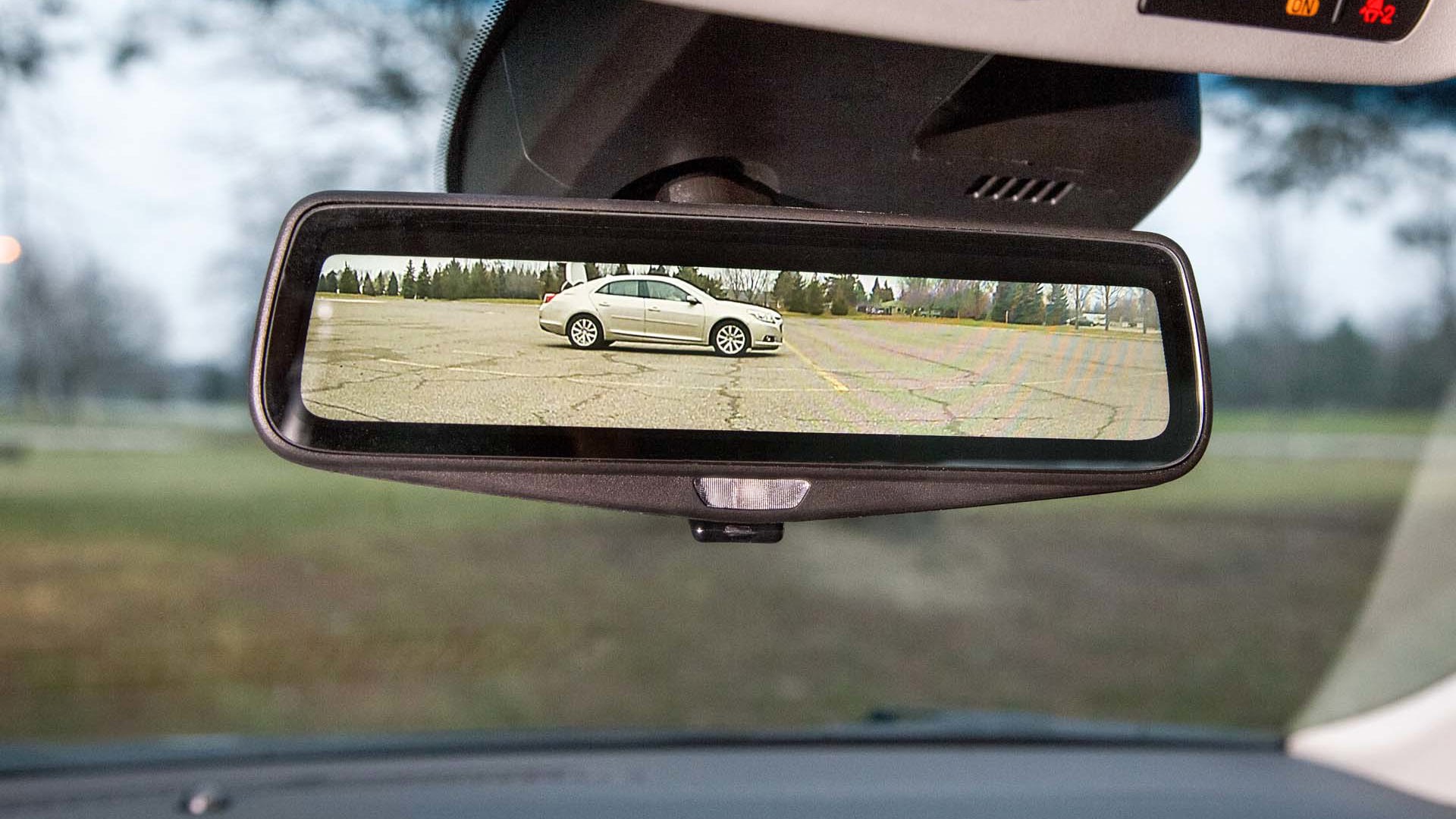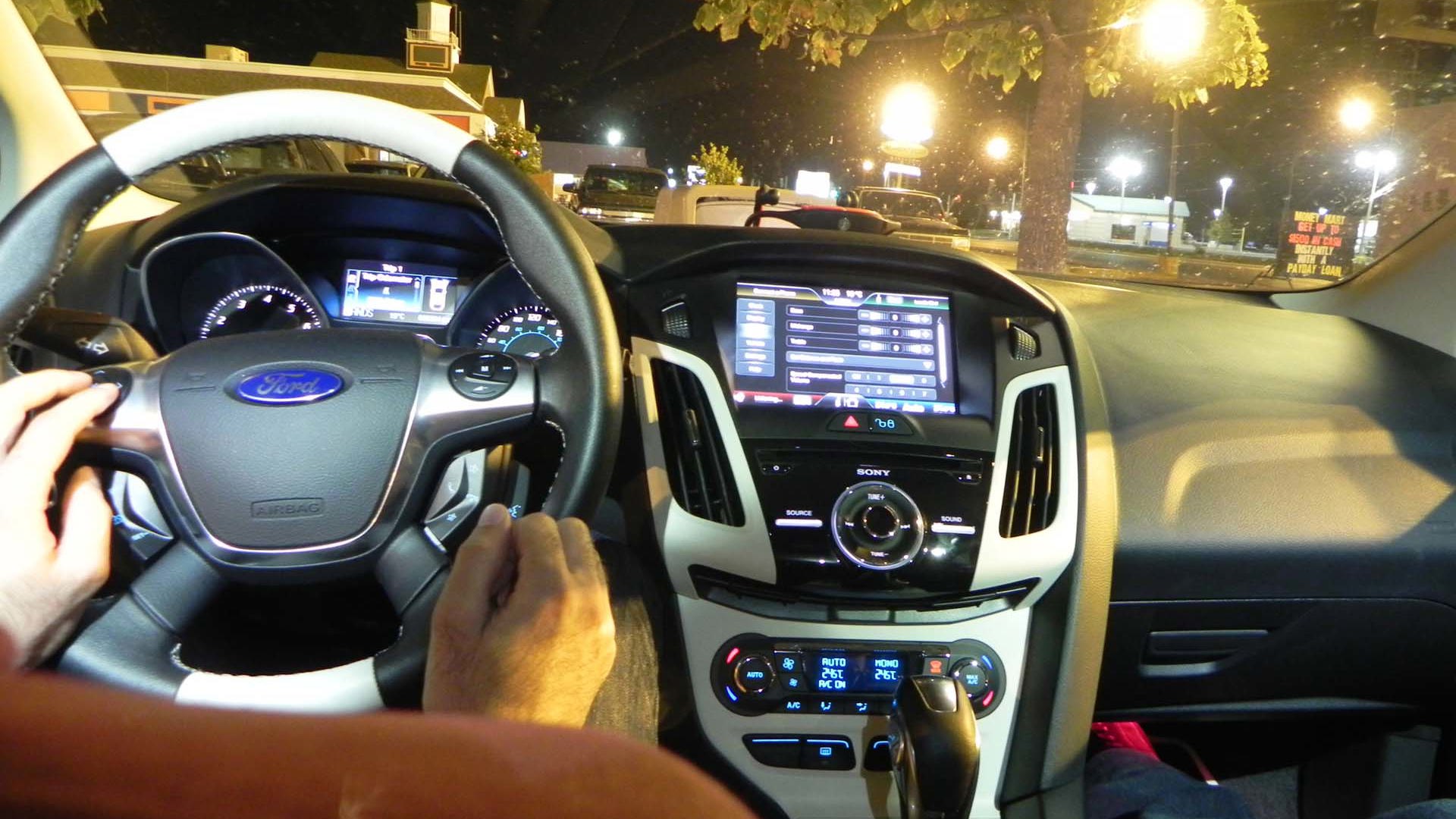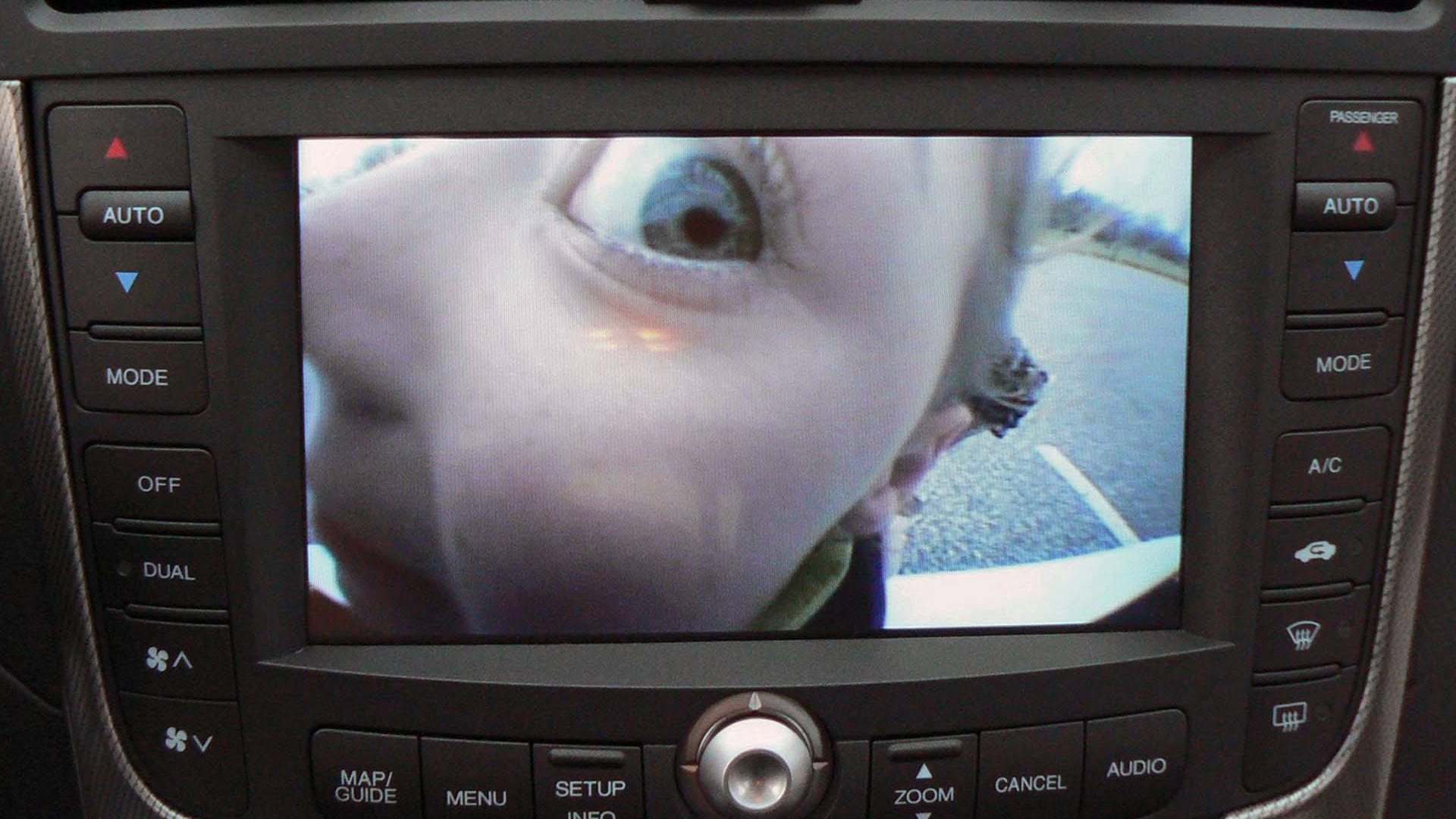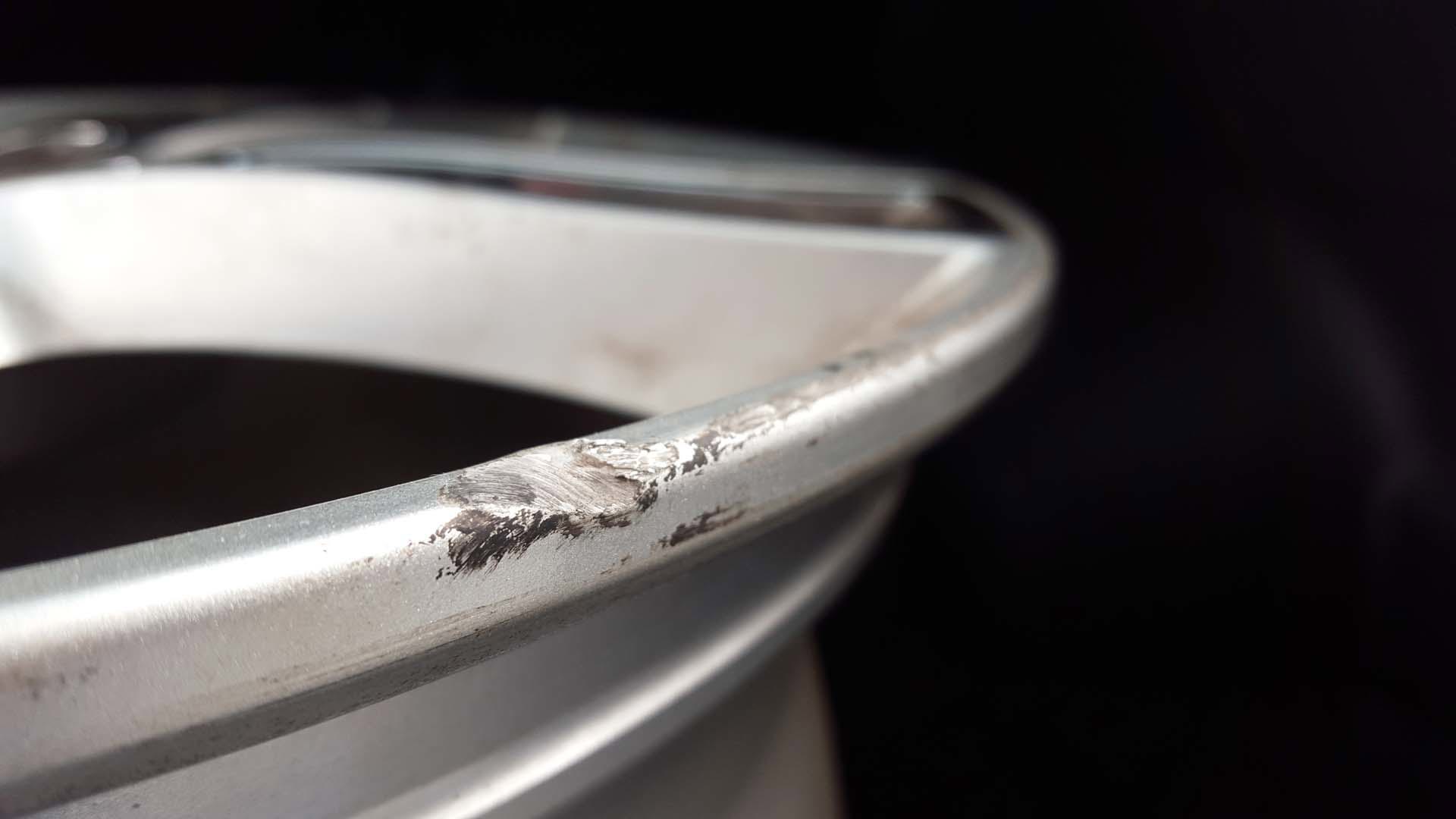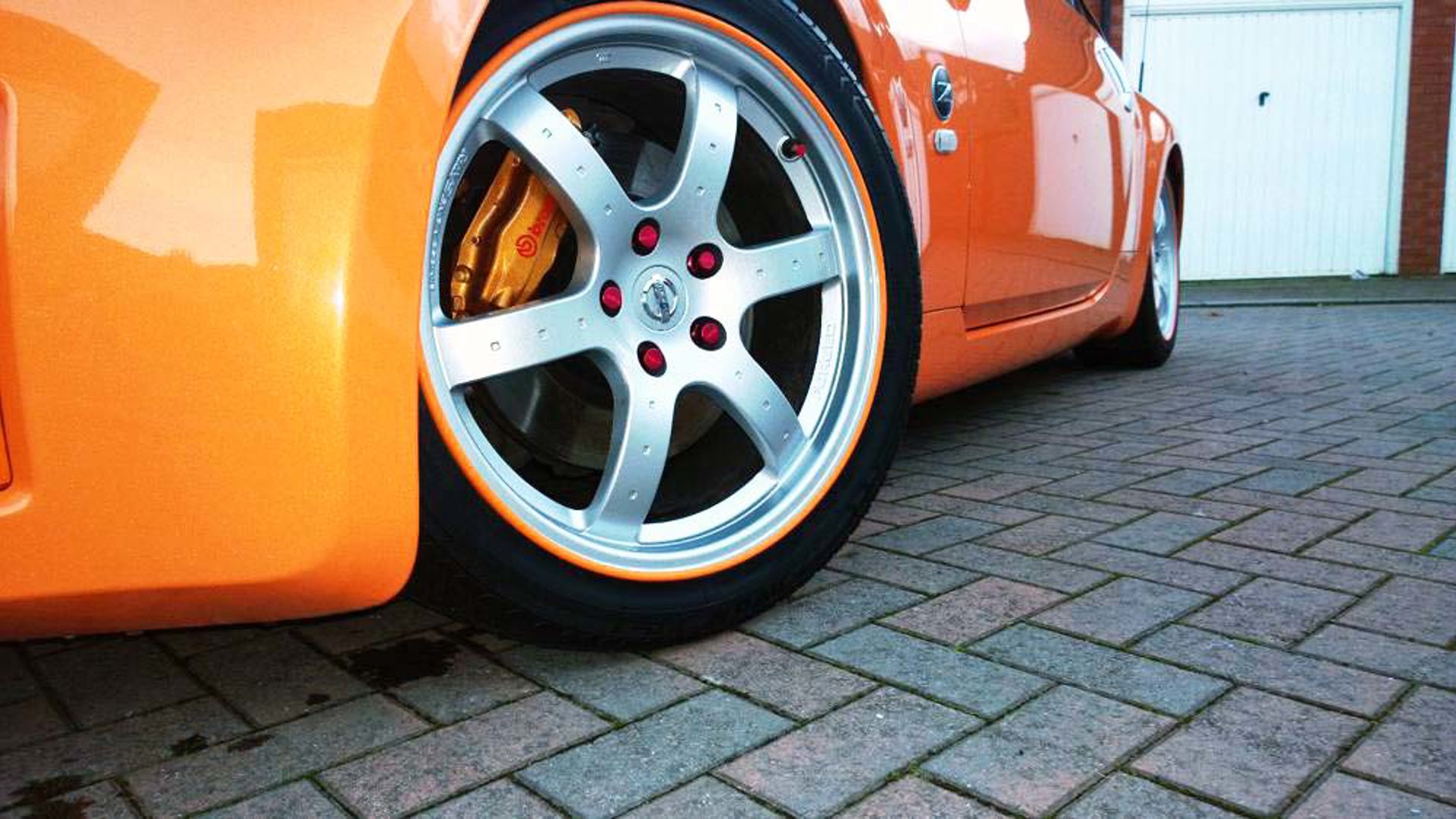Parking: it’s a simple task that mostly requires moving your vehicle into a specific location in space without hitting any nearby stuff. For some, parking is an easy task handled with minimal cranial processing power, and little second thought. For others, it’s one of the most stressful.
Basics of Effective Parking
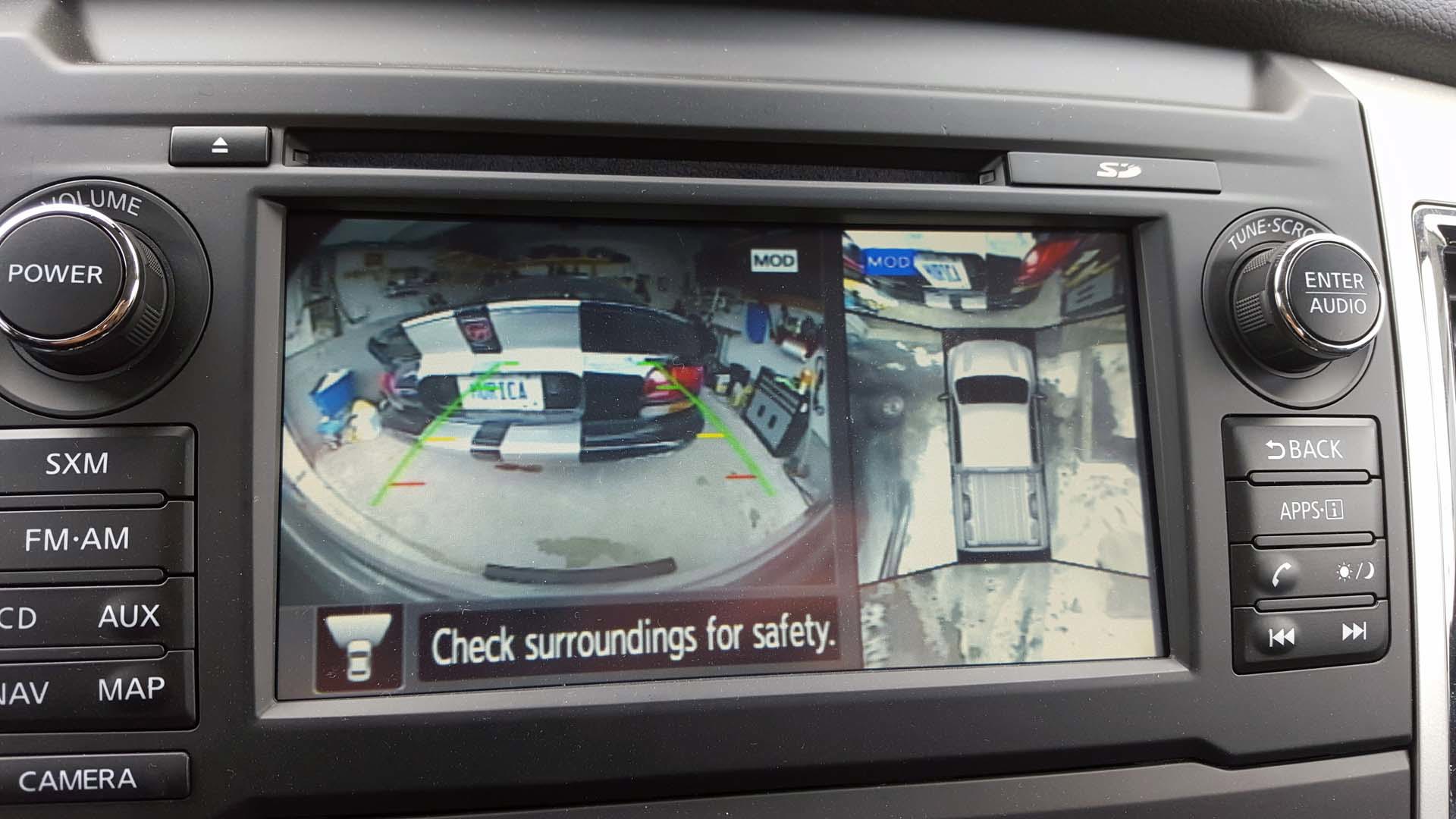
How to set your mirrors
Your ride’s mirrors are its secret weapon in helping you stay aware of your surroundings, which is important at all times while your vehicle is in motion, including during parking. Proper mirror setup for driving and parking effectively require the same set of steps. First, adjust your side mirrors so that you need to lean in the direction of the mirror, slightly, to see the corresponding rear corner of your ride. With your side mirrors set, adjust your overhead rearview mirror to see as much as possible out its rear window. Between the left and right mirrors, and the rearview mirror overhead, you should have a wide-angle view of the area beside and behind your car. Remember: if you’re sitting straight in your seat and you can see any of your car in the side mirrors, without leaning smidge, re-adjust the mirrors outwards until you can’t.
Reverse into your space
With your mirrors set properly, reversing into your space is ideal for many reasons. First, safety. When you drive past a space before backing into it, you get a better view of your surroundings, and can confirm that the space, and the surrounding area, are empty. In reverse, you’re steering from the ‘rear’ of your vehicle, which can make it more agile. Finally when it’s time to leave your parking space later, you’ll have a better view out the laneway you’re pulling into as well. When reversing into a space, back up slowly, using your (properly set up) mirrors by leaning to see the rear corners of your ride, which helps gauge the space between your car and the vehicles you’re parking between. Don’t wait until you feel a bump to stop – just compare the position of your ride’s bumper to the position of the bumper on the car beside you, stopping when they’re about even.
Parallel parking, and how not to curb your rims
Parallel parking is easy in theory, but in practice, it turns the brains of even skilled motorists into goop. A few tips can help take the stress out of parallel parking, provided your mirrors are properly set up, and that you’re well-practiced, and patient. First, activate your signal. Then, slow down and confirm your ride will fit into the desired space as you pass by. Then, visualize the location of the wheels on both your ride, and the ride you’re parking behind. When your rear wheels are beside the forward car’s rear wheels, stop, select reverse, and cut your wheel all the way towards the curb. Back up slowly, straightening the steering as your rear wheel approaches the curb. Watch your front bumper, timing your steering to avoid hitting the rear bumper of the other car, but starting your steering early. Once you’re in the space, think ‘back and forth’ to adjust your position. To avoid ruining your wheels on the curb while parking, just adjust the corresponding side mirror downwards so you can see the curb, and the wheel, helping prevent curb-rash. The best way to achieve parallel parking prowess? Practice – and lots of it.
Advanced Parking Systems

Cadillac Live Rearview Mirror
Cadillac’s new Live Rearview Mirror system is a revolution in technology that aims to make numerous aspects of motoring safer, including parking. The standard mirror includes a built-in, high-resolution screen linked to a camera mounted on the back of the car. An ultra-wide image of the area behind your ride is displayed on the standard rearview mirror, and without obstructions like rear-seat passengers and window pillars. When parking, this high-tech wide-angle rearview display enhances confidence, safety, and situational awareness.
Around-View Monitor (AVM)
Even more goof-proof than the Live Rearview Mirror from Cadillac is the Around View Monitor (AVM). Originally brought to market by Infiniti and available today in numerous models from numerous automakers, the premise is simple: using one camera on each of your vehicle’s four sides, computer software ‘stitches’ the images together around a fixed icon of your ride. The effect, on screen, is a bird's-eye view of your vehicle from above, allowing drivers to see 360 degrees around their vehicle on a single display. With an Around-View monitor, you’d have to be trying extra hard to crunch your ride (or someone else’s) during parking.
Self-Parking systems
If you really, really can’t park, a self-parking system might be a good choice. Toyota, Ford, Land Rover, Chrysler and many other automakers offer self-parking systems to answer the call of shoppers who want their rides to do more and more of the driving than ever. You simply activate the system, signal in the direction of the space you’d like, and follow on-screen instructions, with your hands off of the wheel. The vehicle does the rest, including working the steering for you. Note that sometimes, self-parking systems can operate inconsistently. Mostly, they work most of the time. Sometimes, they’ll try to park you on a fire-hydrant. So, stay alert.
Parking Pro-Tips!
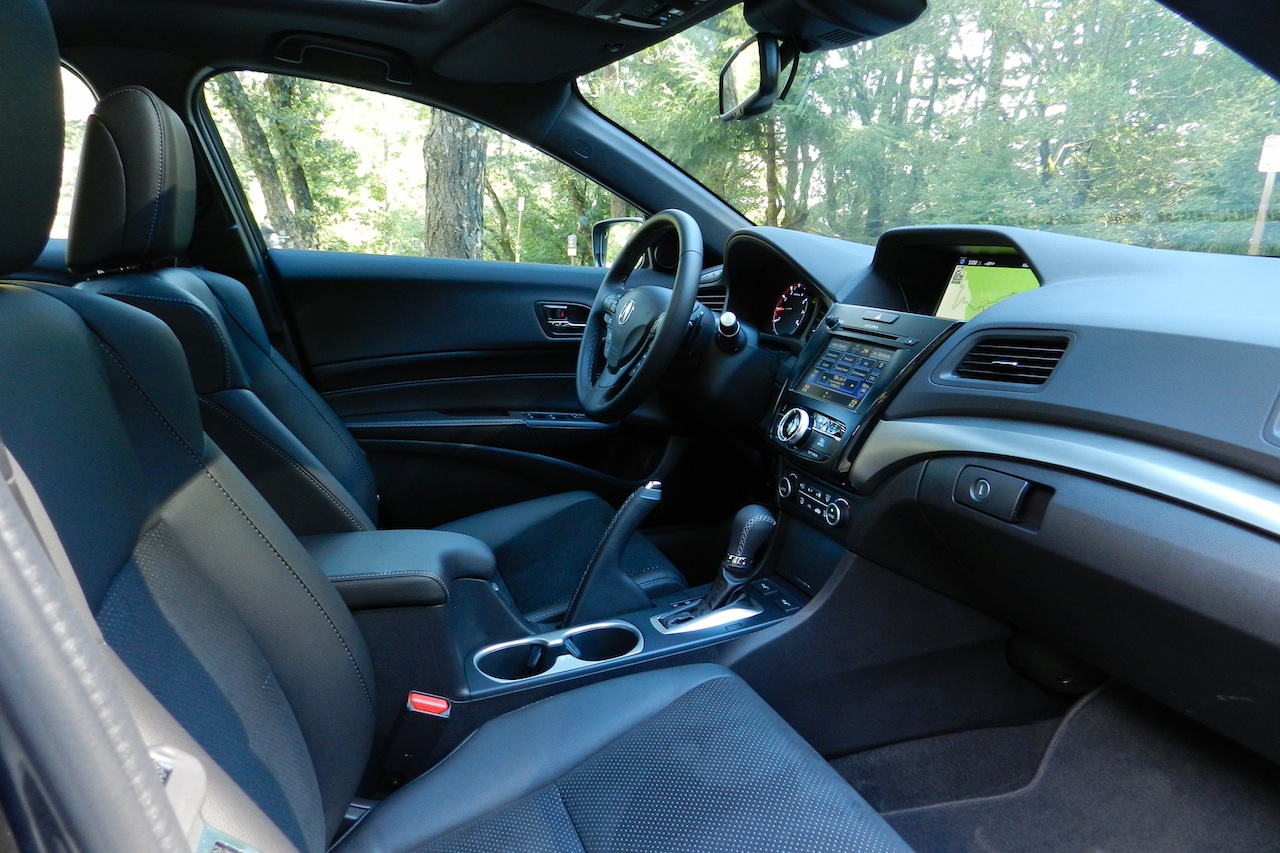
Seating Position
Get comfy, but not too comfy. A proper seating position is vital to safety and confidence in all aspects of driving, including parking. Avoid the gangster-lean, sitting as upright as possible in your seat. Next, adjust your seat’s distance from the dashboard. General rules say you should be able to both lay your feet flat beneath the pedals, and also rest your wrists, side by side, on top of the steering wheel, with your shoulders still in contact with the seatback. When it comes to parking, a proper driving position makes it easier for the driver to be active in their seat, which is important for looking around and behind during parking maneuvers, and allows the greatest possible range of motion for your arms to control the steering wheel.
Open your window
Open windows provide a magical enhancement of the awareness of your surroundings. You’ll have a clearer view of your exterior mirrors and the area outside of your ride, especially if your windows are dirty. Moreover, more sound enters your ride, which enhances alertness and may provide early warning of approaching vehicles, pedestrians or other hazards. Opening your windows is a little trick, but one that’s big on boosting confidence in tight quarters.
Clean your camera lens(es)
In most rides, parking camera lenses are exposed to the same dirt, dust and grime as the rest of the car as you’re driving around. Over time, the lens(es) can become dirty, and their vision will be impeded. This process speeds up if it’s raining, if you’re driving on a dirt road, or if it’s winter. Solution to a dirty back-up camera lens? Clean it, with spit. That’s right. Yucky spit. Just lick, your finger and give the lens a little swipe as you walk by. You’ll have a crystal clear view next time you reverse.
Totally Helpless?
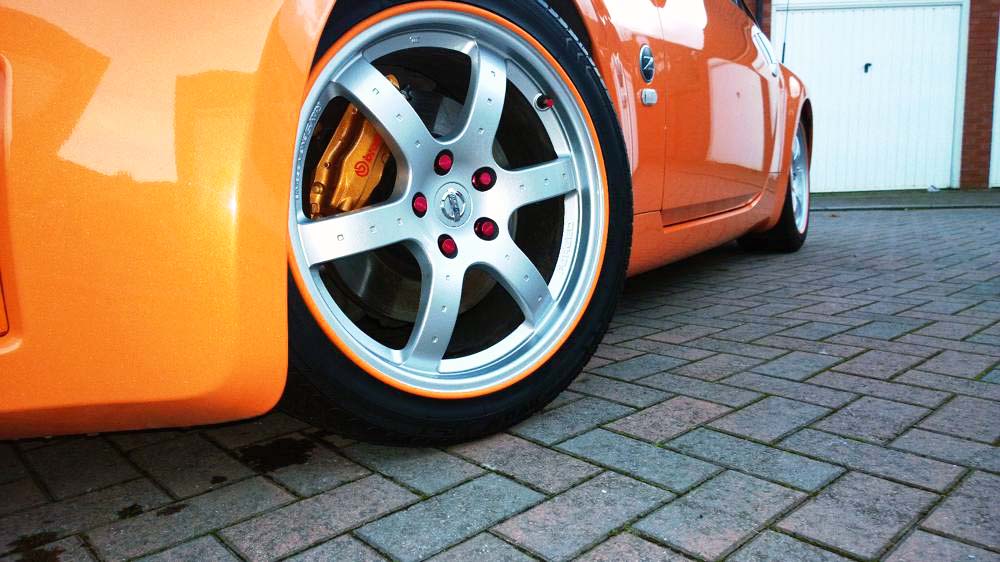
Bumper Protectors
Okay, so you can’t park, you’re always hitting things, and the prognosis for your parking disorder is grim, with no recovery in sight. It’s not so bad – thanks to a multi-million dollar industry that exists just for people like you. From trunk-mounted protective flaps that cover your car’s delicate fanny to peel-and-stick corner bumpers, to adhesive pads and blocks you can stick onto your car’s sensitive bits, there are literally hundreds of options when it comes to protecting your ride from embarrassing scrapes and bumps, by covering it in slightly less embarrassing protective implements. Hey at least it’s not (quite) as bad as wrapping your ride in bubble-wrap!
Rimblades
Few things are worse or more embarrassing than the distinctive scrape of luxury car wheels against a concrete curb during a botched parking maneuver. The rims suffer permanent damage, are opened up to accelerated corrosion, and look like trash. For the hopelessly parking-challenged, there’s at least one solution available from RimBlades.com. Subtle in appearance and disguised to look like a styling add-on for your ride’s dope-ass rims, Rimblades, (and similar products like Scuffs) simply clip or adhere onto the outer edge of your wheel, between the wheel and the tire. Not only do they add a splash of color to your ride, but they cover existing minor curb damage, and help fend off new damage next time you try to remodel a concrete piece of parking infrastructure with your rims.
